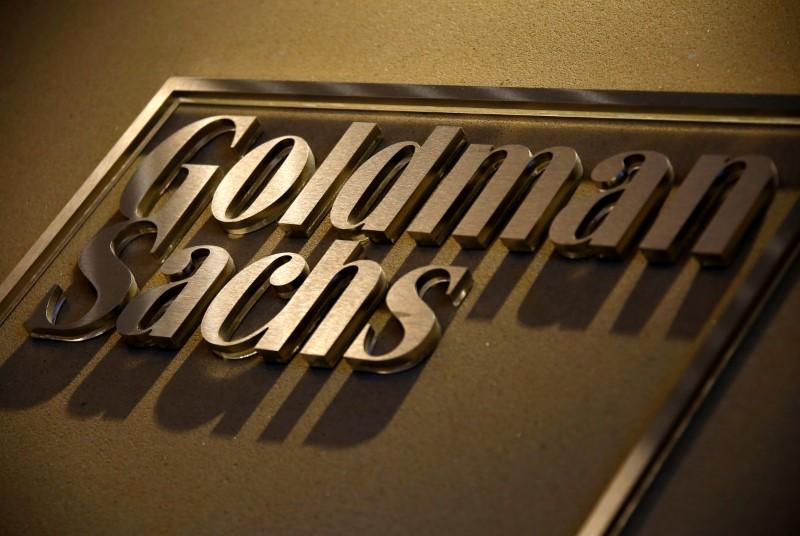Bank shares drove Wall Street’s main indexes to a one-month high on Jan. 16 after strong earnings from Bank of America and Goldman Sachs, with a multi-billion dollar deal in the fintech sector also helping a risk-on sentiment.
Goldman Sachs Group Inc. climbed 7.3 percent after topping quarterly revenue estimates on strength in equity trading, while Bank of America Corp. also posted similar gains after reporting a better-than-expected quarterly profit on growth in its loan book.





